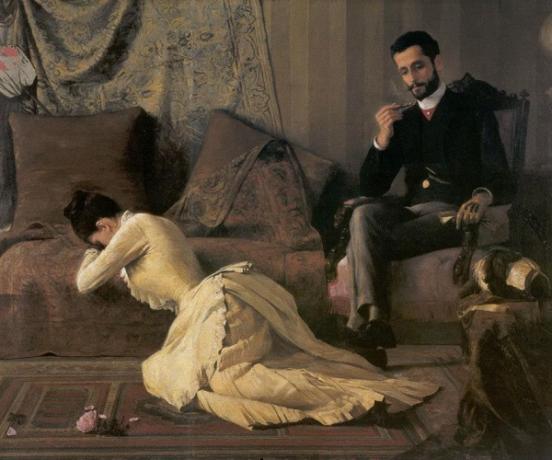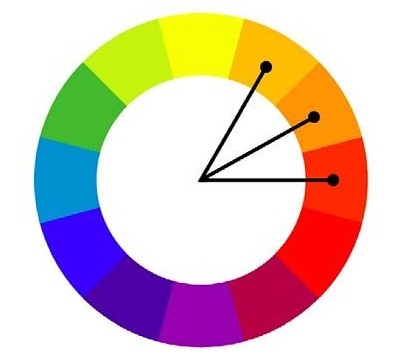Realism was an artistic movement that emerged in France in the 19th century, in the period of the Industrial Revolution, which had a great influence on the artistic production of that period. Later, the movement reached other countries in Europe and Brazil.
Realism had artistic manifestations in several areas, such as architecture, theater and sculpture. But it was in painting and literature that the movement had more expression.
Discover the most striking features of realism:
1. It portrayed the problems and social inequalities

This is one of the most striking features of this artistic movement. The work produced in this period portrayed the reality of life in society. The social and political transformations that took place in the period and the social inequalities that emerged from that were the themes most present in realism.
The concern with portraying reality was the result of the movement's historical moment, which emerged during the period of industrialization, in the Industrial Revolution.
One of the great consequences of this period was the clear division that came to exist between the bourgeois class and the working class (proletariat). After industrialization, workers started to leave field work to look for work in factories in large cities.
At the same time that the bourgeoisie started to live better with the increase in production, workers lived in poor living conditions and with low wages in the cities.
Gustave Courbet (1819-1877), Jean-François Millet (1814-1875) and Théodore Rousseau (1812-1867) were some of the painters who portrayed social reality in their works.
2. It was a form of opposition to romanticism
Realism, as its name implies, demonstrated the most real aspects of events and people. As it emerged after the period of romanticism, it made clear the difference that existed between these two artistic movements.
Unlike romanticism, which had more subjective characteristics, realism was more much more objective and returned to displaying reality as truly as possible. The idealizations that are so striking in romanticism did not exist. Romantic heroes and dreamers, who were idealized and exalted in the period of romanticism, gave way to the protagonism of the most common and real people.
The differences from romanticism were quite clear, both in painting and in works of literature. The biggest commitment was to demonstrate the reality of life in society and the humanity of the portrayed characters.
Learn more about Romanticism and the Characteristics of Romanticism.
3. Criticized the Catholic Church and the bourgeoisie
Another characteristic that is very present in realism is the criticism directed mainly at the bourgeoisie and the Catholic Church.
As realism was a movement more attentive to reality and critical analysis of society, the behavior of the bourgeoisie was also much criticized in the work produced during the period. The main criticism was of bourgeois enrichment which was the result of the exploitation of the proletariat.
Likewise, the doctrine and some positions of the Catholic Church became a very present subject in the work of the period.
4. More psychological analysis of human behavior

In realism, especially in literature, the psychological characteristics of the characters began to be displayed, which gave them a more real personality. The most real aspects were demonstrated, such as the defects, qualities, doubts and weaknesses that were common to any human being.
Problems in relationships between people, moral and personal conflicts were also very present in realistic literature.
This characteristic is mainly marked by the presence of a narrator, often in the third person, which presents the characteristics and emotional conflicts experienced by the characters. Furthermore, the almost excessive use of details in the description of characters and situations gave a more real aspect to the described behaviors.
The first literary works representing realism are considered: Madame Bovary (French Gustave Flaubert) and Posthumous Memoirs of Brás Cubas (by Machado de Assis).
5. scientific view of events
Realism corresponds to a period in which there were great advances in the field of science and technology and this reflected a lot in the art that was produced at the time. The evolutionary theory created by Charles Darwin and the emergence of steam engines are examples.
In this way, the most critical view of society, based on the advances registered at the time, became a constant presence in realism. The vision of the evolution of science and research influenced the most critical observation of social and political events for society.
In addition, realism portrayed the influence of technological advances in society, such as the decrease and worsening of working conditions from the entry of machines into production lines, which was a strong consequence of the Revolution Industrial.
Learn more about realism.



